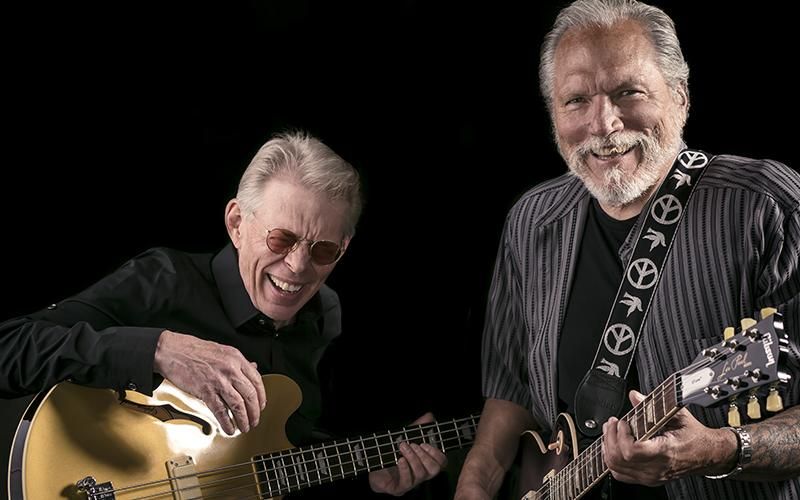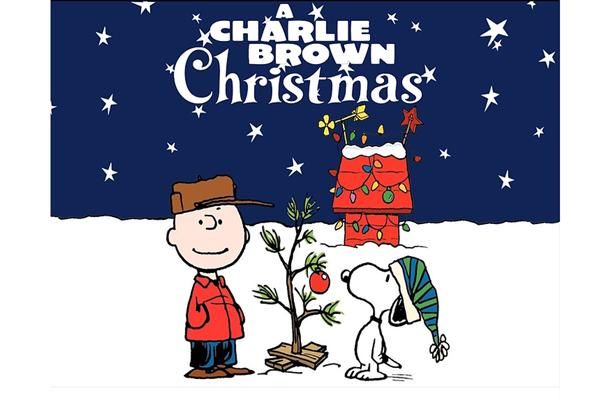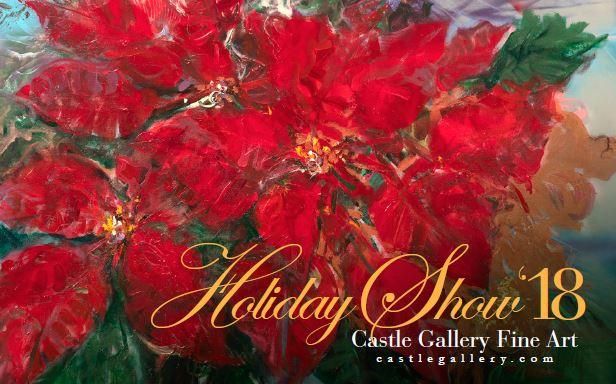Jack Casady and Jorma Kaukonen have been performing at the heart of American music for more than half a century, mining the country’s musical history, drawing upon every conceivable American genre, and putting their own mark on storied traditions. Through it all, however, it’s been the enduring strength of their collaboration that’s made them one of American music’s longest-lived treasures.
It all started in the late 1950s in the Washington, D.C., area, when Kaukonen and Casady, both of them guitar players at the time, bonded over their affection for the same kinds of music. Kaukonen was a little older than Casady, but he still put aside time to play with the young aspiring musician.
“Jorma was in high school and came over to visit my older brother,” Casady said in an interview with whatzup. “By that time, I had my guitar and a thriving blues and R&B record collection, and we struck up a friendship and ended up playing a little together, just doing covers of current Buddy Holly and Gene Vincent songs.”
The duo went as far as to form a garage band, but their collaboration was put on hold in 1960, when Kaukonen graduated from high school and went off to study at nearby Antioch College.
Meanwhile, the young Casady took advantage of the vibrant D.C. music scene and dived deep into his musical education.
“One night I’d be down at the Howard Theater seeing Ray Charles,” he said. “The next night, I would be at the Shamrock Tavern in Georgetown hearing Mac Weisman, Lester Flatt, and Earl Scruggs among other bluegrass people. And the next night, it would be jazz, people like Eric Dolphy and Roland Kirk.”
Casady also made a fateful decision during those years that would transform his musical life. When a local band needed someone to fill in for their bass player on a gig, Casady picked up a bass guitar for the first time, beginning the career of the kid who would become one of America’s most respected bass players.
At first, though, it mainly gave him the opportunity to play out even more.
“As soon as I started playing bass, my work quota expanded tremendously,” he said. “And I started falling in love with the instrument.”
With the help of a fake ID, the young Casady worked hard in clubs in D.C. and along the East Coast through the first years of the new decade, but by 1965, he was feeling as if the musical taste of the newly Beatles-crazy country was leaving him behind. Fortunately, that’s when he got a call from an old friend who had moved from D.C. to San Francisco.
“Jorma told me he had joined a band called Jefferson Airplane,” he said, “and I kind of laughed at the name. He asked me what I was doing and seemed surprised to hear that I was playing the bass. Then he says, ‘Wait a minute. I’ve got a bass player in this band that I’m not fond of. It’s not working out, in my opinion.’ So then he says, ‘Let me call you back.’ A few minutes later he calls back and says, ‘We got this band. We got a manager. And the manager promises to pay us $50 a week whether we work or not.’ And I said, ‘You’re on!’”
Just like that, Casady and Kaukonen became part of the core of the band that arguably defined psychedelia in the musical and cultural landscape of the West Coast in the 1960s.
“What was great for me was the opportunity of coming to San Francisco in that environment in the mid ’60s where you had a tremendous number of middle class white kids trying desperately to do anything their parents didn’t,” Casady said. “And all these kids were suddenly out there playing instruments, making up songs.”
Between 1965 and 1970, Jefferson Airplane became one of the most commercially successful bands in the world, and Casady and Kaukonen stayed busy with recording and touring. Not so busy, though, that they felt totally satisfied. Even a band as busy as the Airplane had down time now and then, and Kaukonen and Casady took advantage of the lulls to revive their old collaboration.
“We formed Hot Tuna basically because we were young and had endless energy,” Casady said, “and there was so much material going into the Airplane from everybody, it ended up that you’d only get a couple of songs per session. And also, we wanted to play a style of music that wasn’t being played by the Airplane.”
The pair performed together as Hot Tuna for several years while continuing to work for Jefferson Airplane, scheduling gigs between Airplane shows and sometimes even playing sets as Hot Tuna during Airplane gigs.
“We kept that up along with Jefferson Airplane up until ’72,” Casady said, “when we decided it was too much to continue the Airplane.”
The rest is frenetic musical history. Throughout the ’70s, Hot Tuna explored nearly everything that American music tradition had to offer, veering back and forth between bluesy, folky acoustic performances to heavy rock with a full electric band. Kaukonen and Casady were always the core of the band, but many other musicians, including old friends from Jefferson Airplane, contributed to Hot Tuna over the years.
Aside from a brief hiatus in the late ’70s and early ’80s, Hot Tuna has never slowed down. More than a dozen albums and decades of touring later, Kaukonen and Casady are as energetic and enthusiastic about their music as ever.
On their current tour, Casady and Kaukonen are still exploring all sides of their musical identities, playing some shows as the full electric incarnation of the Hot Tuna band and others as an acoustic duo. The Dec. 5 show at the Clyde Theatre will be the latter, with Kaukonen and Casady taking the stage to demonstrate the musical bond they’ve been building for more than 50 years.
“I can’t remember having so much fun,” Casady said, “but also musically being so in touch and in the moment with the music as I am now, where every minute, every note counts on stage.”
e_gillespie@aol.com
 Submit Your Event
Submit Your Event




